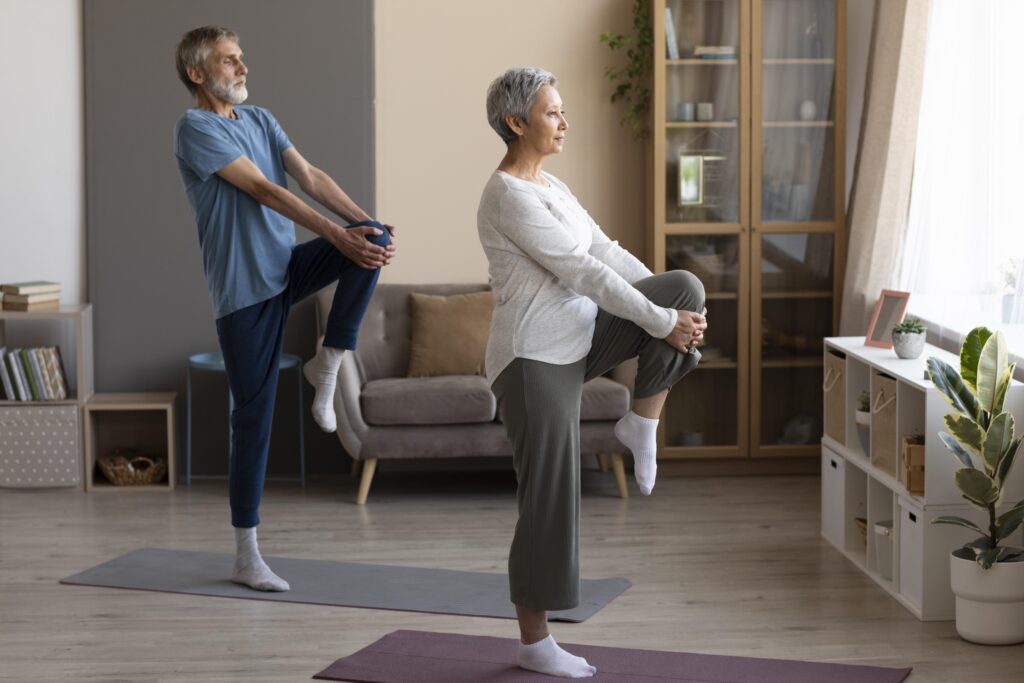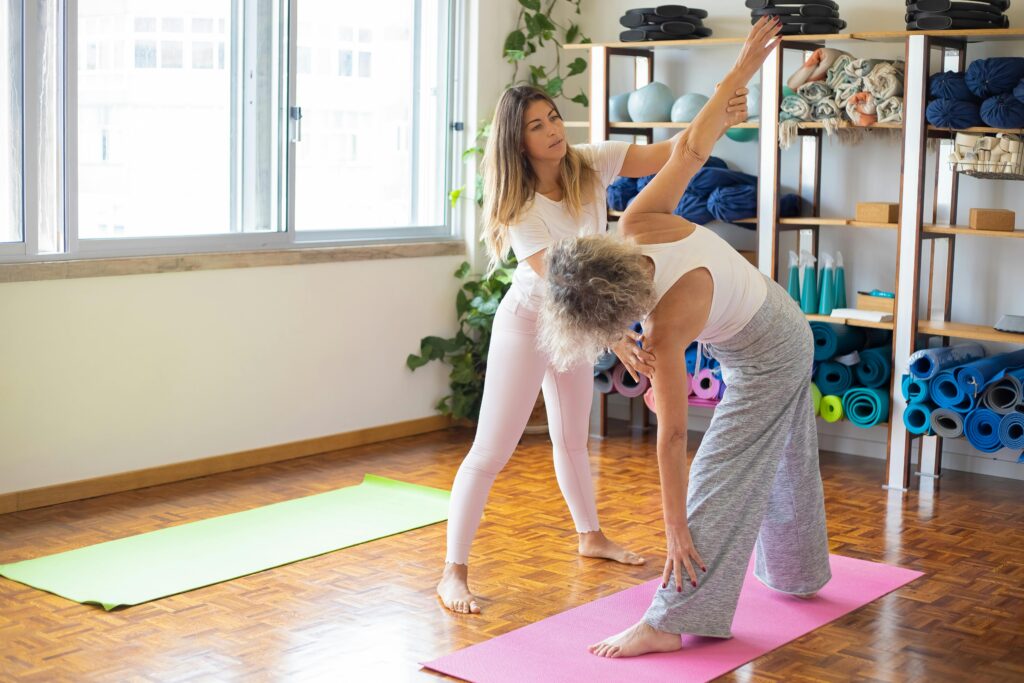Researchers at the Mayo Clinic assessed 40 participants’ back-and-forth walking, double- and single-leg balance, and grip and knee strength. Half were over 65, and the other half were between 50 and 65.
Primary Inquiries:
Their primary inquiries were: At what rate and which of these indicators deteriorates more quickly? Medical practitioners will be able to develop more specialized treatments to slow these decreases with the aid of those replies.
Because balance, muscular strength, and an effective gait—your walking pattern—all affect quality of life as you age and are particularly crucial for older persons to preserve their independence, clinicians selected these tests.
According to the study’s findings, the best measure of good aging is one’s single-leg balance. When it came to exercise, it was the one that declined the most with age.
Balance is vital for healthy growing older:
“Balance is important as it displays how properly the body systems are operating collectively,” says Kenton Kaufman, lead creator of the study, director of the Motion Analysis Laboratory, and orthopedist at Mayo Clinic.Around age 50 is whilst stability starts to decline, Kaufman says. That can placed you at danger for falling, that’s the main reason of harm for adults over age sixty five, in keeping with the CDC.
“If you could’t stand on a unmarried leg for five seconds, then [you] might be at danger for falling,” Kaufman tells Fortune.
Kaufman says properly single-leg stability indicates that the neurological, imaginative and prescient, and vestibular (your internal ear, which enables you preserve balance and spatial orientation) structures are well-coordinated.
“A good test of [balance] is placing your trousers on in the morning,” Kaufman says.
How to improve your single-leg balance:
Here are some recommendations to enhance your single-leg balance:
- Use your core: To support your body maintain a taut abdominal muscle.
- Focus your focus: To lessen wobbling fix your gaze on a stable item in front of you.
- Begin on a level surface and practice one leg balance for 20 to 30 seconds at a time.
- Use your arms: To improve stability at first spread your arms wide.
- Strengthen supporting muscles by performing hip exercises squats and calf lifts.
- Gradually increase the instability: After you’re stable try standing on a yoga block balance pad or cushion.
- Include movement: To test your stability try single leg deadlifts lunges or reach exercises.
- Practice barefoot: To build stronger ankle and foot muscles train without shoes.
- Shut your eyes: After you get better balance with your eyes are closed to boost
In Summery, the capacity to balance on one leg has become a surprisingly accurate measure of biological age and general health. According to research, as we age, our ability to maintain balance tends to deteriorate because of changes in our muscle strength, coordination, and sensory perception. Assessing a person’s single-leg balance can provide information about their level of physical fitness and may even be related to their risk of injury and life expectancy.




